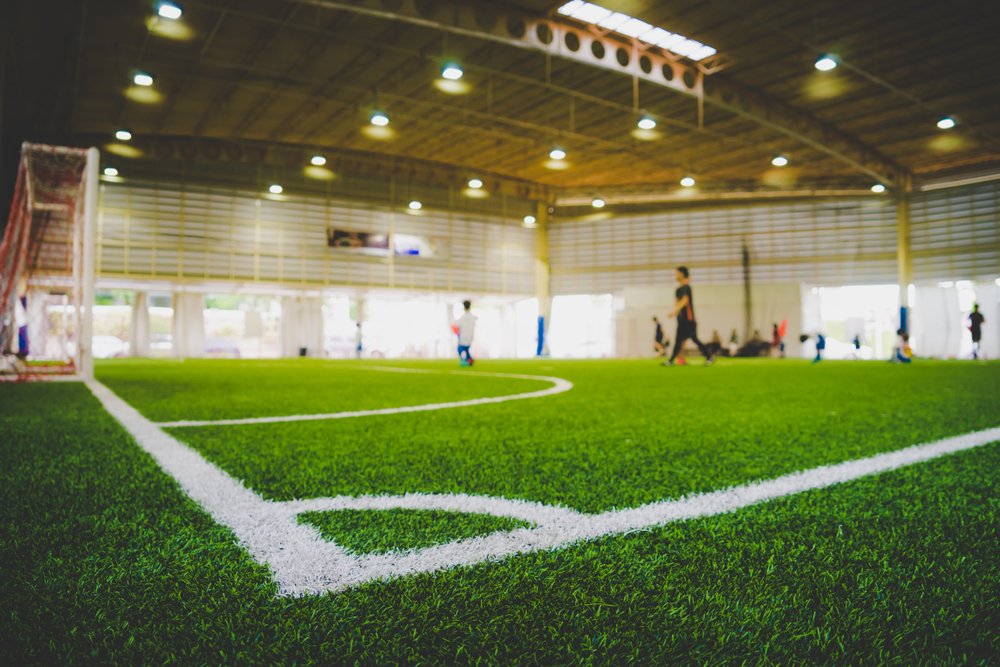

Artificial Playing Fields
Featured Documents

PFAS in Artificial Turf Carpet
The Massachusetts Toxics Use Reduction Institute (TURI) has received inquiries from municipalities and community members regarding the presence of per- and poly-fluoroalkyl substances (PFAS) in artificial turf carpet. This brief fact sheet provides some basic background information on PFAS and on recent testing for these chemicals in artificial turf as reported by nonprofit organizations. This information is provided under TURI’s mandate to provide information on toxic chemicals and safer alternatives to businesses, municipalities, community members and others.

Organic Maintenance for Athletic Fields
Natural grass fields can provide a protective, high-performance surface for athletic activities. Organic field maintenance practices can improve the health of soil and grass without the need for synthetic pesticides or fertilizers. These practices include frequent aeration, frequent mowing, soil testing, and use of organic fertilizers and soil amendments. Communities and schools can accommodate a wide range of recreational activities on their athletic fields by building healthy, balanced soil and a strong root system. Organically managed natural grass fields serve as an affordable, practical and safer alternative to artificial turf.




